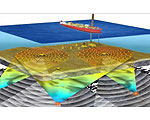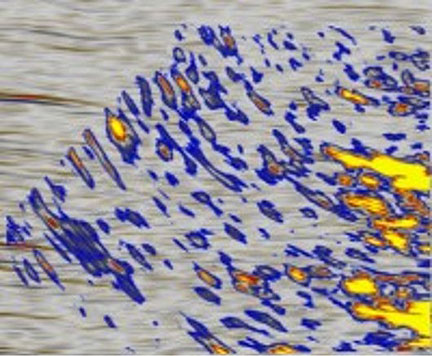Acoustic Zoom Images the Seabed With Less Distruption
 Dec-29-14
By measuring scattered instead of reflected sound, the Acoustic Zoom system lets scientists build more a detailed map of the ocean floor while also reducing the impact on ocean life.
Dec-29-14
By measuring scattered instead of reflected sound, the Acoustic Zoom system lets scientists build more a detailed map of the ocean floor while also reducing the impact on ocean life.The ocean floor is typically mapped using seismic imaging, which sends sound waves through the layers of the seabed that are then reflected back and analyzed. However, this method not only yields poor images, but is also very disruptive to marine life.In contrast, the new Acoustic Zoom system from the University of Bath relies on analyzing scattered energy instead of reflected sound. A beam of sound is used to scan the location, and the resulting scattered energy is picked up by an array on the ocean floor. That scattered sound energy is then digitally processed, resulting in a more detailed image than the conventional reflected sound method.
Using a 'marine trombone,' the system can also be adjusted to release smaller levels of energy at higher frequencies, which though still audible to marine life, are much less distressing.

More Info about this Invention:
[AC.UK][ACOUSTICZOOM.CA]

Add Your Comment